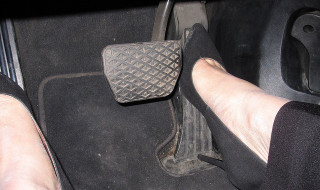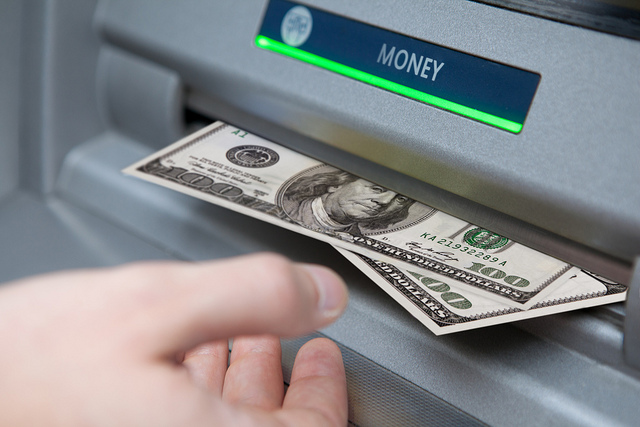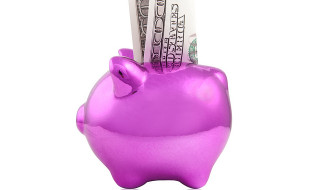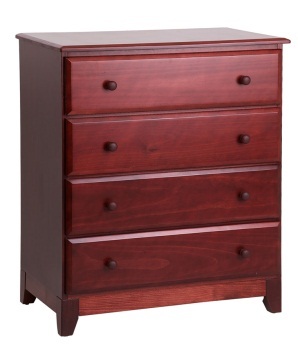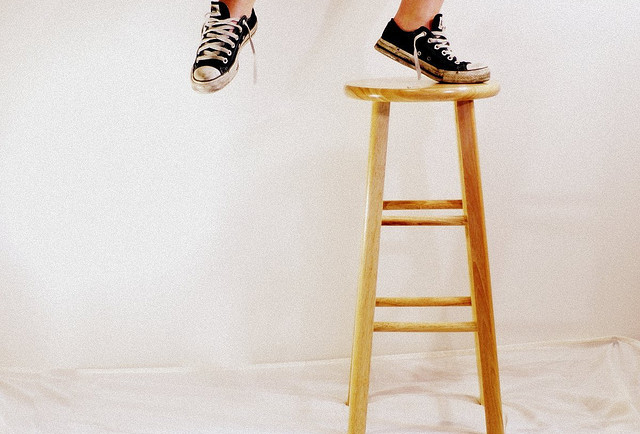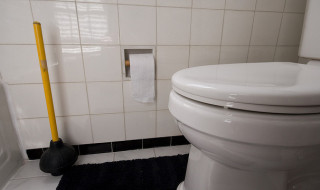1. EMPLOY THE “URGENCY TEST” WHILE SHOPPING
When you are thinking twice on purchasing an item, ask yourself if you are willing to try it on the dressing room at that very moment. If you are not really excited to wear it then, do not bother to buy it.
2. AVOID “GIVING UP”, USE “SAVORING” INSTEAD
You will only feel deprived if your perspective is to give up something in order to save more. So, change your perspective and start “savoring” the moments that you indulge on lavish things. The goal is to change your frequency of indulgence and not to hinder you from enjoying life’s goodness.
3. WHEN YOU ARE NOT EARNING, YOU ARE SPENDING
Keep in mind that when you are not earning, you are just losing the money you earned. If there are opportunities to work more and your body feels okay then, take on the challenge. Sometimes, the feeling of losing money is more painful than missing it.
4. MAKE TIME A CURRENCY
To get a clearer perspective, break down the monetary value of things by the hour. For example, if you make S$10 an hour and a bowl of bean curd is S$2 then that is 12 minutes of your work and life. This technique will help a lot to cut down your impulse purchases.
5. BE MOTIVATED WITH A SLOGAN
If you are struggling to be frugal, make a tangible slogan or a poster that you can hang on to. For example, you can use this slogan to help you think critically when purchasing: “Use it up, Wear it out, Make it happen, or Do without it”.
6. UTILIZE THE “GAS OR BREAK METHOD”
Compare your financial progress to driving. In every decision you can either get closer to where you want to be (gas) or slow down (brakes).
So, the next time you have to make a monetary decision then ask yourself this: “Am I stepping on the gas or the brake? Is it worth it?”


